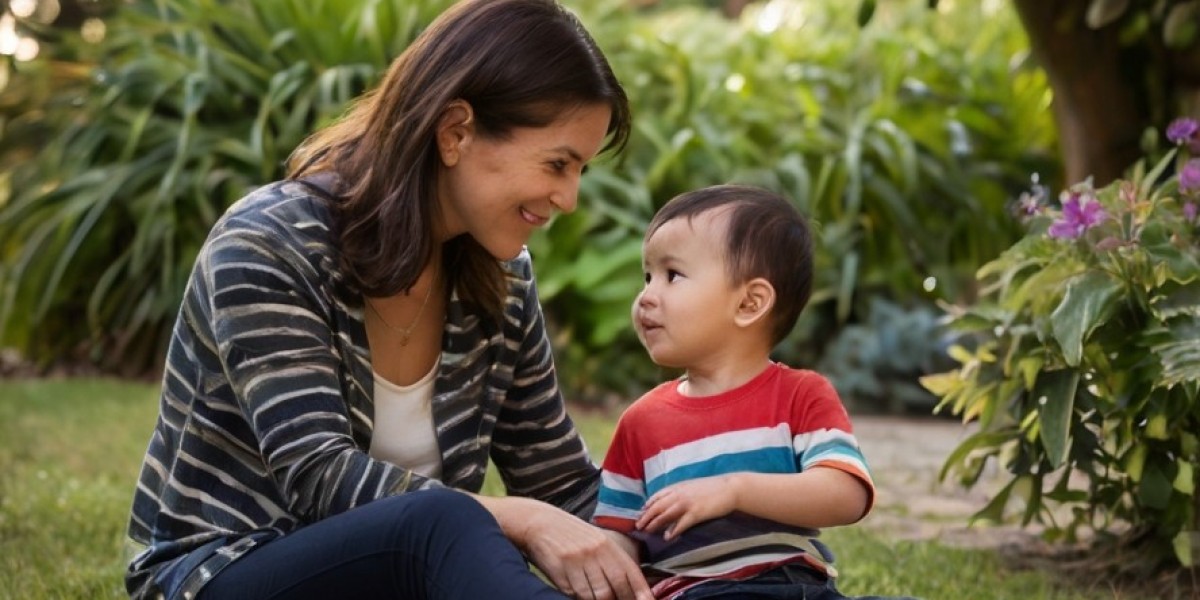Theoretical Frameworks: Developmental Theories
Several developmental theories provide frameworks for understanding toddler behavior. Notable among these are Piaget’s Cognitive Development Theory, Erikson’s Psychosocial Development Theory, and Vygotsky’s Sociocultural Theory.
1. Piaget’s Cognitive Development Theory
Jean Piaget posited that children move through four stages of cognitive development, with the sensorimotor and preoperational stages being particularly relevant to toddlers. During the sensorimotor stage (birth to 2 years), toddlers learn through sensory experiences and physical interactions with the world. The latter part of toddlerhood transitions into the preoperational stage (ages 2 to 7), where symbolic thinking and imaginative play begin to emerge.
Piaget identified key characteristics of toddler thinking, such as egocentrism—the inability to see the world from perspectives other than their own—and animism, where non-living objects are perceived as having human-like qualities. Understanding these cognitive traits can help caregivers interpret seemingly irrational behaviors, such as a toddler's insistence that a stuffed animal is feeling sad.
2. Erikson’s Psychosocial Development Theory
Erik Erikson’s theory focuses on psychosocial development through eight stages spanning a person’s lifetime. For toddlers, the critical stage is "Autonomy vs. Shame and Doubt," which typically occurs between ages 1 and 3. During this stage, toddlers strive for independence. They begin to assert control over their bodily functions, choices, and environment, which can manifest as defiance and challenges to authority.
A successful resolution of this stage results in a sense of autonomy and self-confidence, while failure may lead to feelings of shame and doubt in their abilities. Understanding this developmental task helps caregivers foster a supportive environment where toddlers can explore independence while providing appropriate boundaries to ensure safety.
3. Vygotsky’s Sociocultural Theory
Lev Vygotsky emphasized the critical role of social interaction and culture in cognitive development. According to Vygotsky, toddlers learn through guided interactions with more knowledgeable others, such as parents, caregivers, and peers. This social context shapes their understanding of the world and influences their behavior.
Scaffolding, a concept introduced by Vygotsky, involves providing support to help a child achieve a task they could not complete independently. For instance, when a toddler struggles to fit shapes into a puzzle, a caregiver can guide their hand or provide verbal cues. This interaction not only aids in the immediate task but also supports broader cognitive and social development.
Key Behavioral Patterns in Toddlers
Several behavior patterns are prevalent in toddlers, often linked to their developmental stage. Recognizing these patterns can aid caregivers and educators in understanding and managing toddler behavior effectively.
1. Tantrums and Emotional Outbursts
Tantrums are one of the most well-known behaviors associated with toddlerhood. These emotional outbursts often occur when toddlers feel overwhelmed, frustrated, or unable to express their needs verbally. A lack of vocabulary to communicate feelings can lead to frustration, resulting in a tantrum as a form of emotional expression.
From a theoretical perspective, tantrums can be understood through the lens of emotional development. Toddlers are learning to regulate their emotions, and while they may not have the skills to calm themselves yet, tantrums can be viewed as a natural part of their emotional learning process. Caregivers can help by remaining calm and providing comfort while teaching coping strategies over time.
2. Exploration and Testing Boundaries
Toddlers are naturally curious and driven to explore their environment. This exploration is essential for cognitive development, as children learn about their surroundings through play and interaction. However, this behavior can also involve testing boundaries, leading to actions that may be considered problematic or disobedient.
This behavior is linked to the developmental task of establishing autonomy, as discussed in Erikson’s theory. Foundational to this exploration is the desire for independence, driving toddlers to assert themselves and test limits. Caregivers can foster healthy exploration by creating a safe environment that allows toddlers to discover while providing guidance and setting reasonable boundaries.
3. Imitation and Role-Playing
Imitation is a crucial aspect of toddler behavior. Children learn by observing and imitating others, which is a fundamental process in social learning theory, proposed by Albert Bandura. Through imitation, toddlers absorb social norms, language, and behaviors from caregivers and peers.
Additionally, role-playing becomes prominent during toddlerhood. Children often mimic adults in everyday scenarios, whether pretending to be a parent, a doctor, or a teacher. This behavior is vital for developing social scripts and understanding different roles within their culture. Providing toddlers with diverse opportunities for imaginative play can enhance their social skills and cognitive development.
4. Attachment and Social Connections
The quality of attachment toddlers have with their primary caregivers significantly influences their behavior. Attachment Theory, developed by John Bowlby and Mary Ainsworth, emphasizes the critical role of early relationships in shaping a child's social and emotional development. Secure attachment fosters a sense of safety and trust, enabling toddlers to explore the world confidently.
Conversely, insecure attachments may lead to anxiety and avoidance behaviors, impacting a toddler’s willingness to engage with others or explore new environments. Understanding the child’s attachment style can guide caregivers in their interactions, promoting security and encouraging healthy social behaviors.
The Influence of Environment and Culture
Toddler behavior is not only shaped by individual development but also significantly influenced by the environment and cultural context. Cultural practices dictate child-rearing norms, socialization processes, and the values imbued in children during early development.
1. Parenting Styles
The style of parenting adopted by caregivers can greatly impact toddler behavior. Baumrind’s typology identifies four primary parenting styles: authoritative, authoritarian, permissive, and uninvolved. Authoritative parenting, which combines warmth with appropriate control, is associated with positive developmental outcomes. In contrast, authoritarian styles tend to produce compliance but can lead to issues with autonomy and self-esteem.
Each style affects how toddlers understand boundaries, express emotions, and develop social skills. Caregivers striving for authoritative parenting can cultivate an environment where toddlers feel secure enough to explore while also understanding the boundaries set for their safety.
2. Cultural Perspectives
Cultural context also plays a crucial role in influencing toddler behavior. Different cultures have unique practices, beliefs, and expectations regarding child development and behavior. In collectivist cultures, for example, there may be an emphasis on group harmony and social conformity, while individualistic cultures might prioritize personal expression and independence.
Understanding these cultural variations can help caregivers and educators interact more effectively with toddlers, tailoring their approaches to align with cultural values and practices. This can foster greater respect for children’s backgrounds and promote a more inclusive environment conducive to learning and growth.
Conclusion
Understanding toddler behavior is a multifaceted endeavor that requires insights from various developmental theories, an awareness of typical behavioral patterns, and recognition of the influences of environment and culture. By applying theoretical frameworks such as Piaget's cognitive stages, Erikson's psychosocial stages, and Vygotsky's sociocultural perspectives, caregivers and educators can better interpret and respond to toddlers' needs.
 As toddlers navigate their world, exhibiting challenging behaviors like tantrums, exploration, and defiance, it is essential for adults to recognize these behaviors as crucial aspects of development. Balancing guidance with the encouragement of autonomy can foster healthy emotional, social, and cognitive growth. Ultimately, a holistic understanding of toddler behavior creates a foundation for nurturing positive relationships and supporting young children's development during this pivotal stage of life.
As toddlers navigate their world, exhibiting challenging behaviors like tantrums, exploration, and defiance, it is essential for adults to recognize these behaviors as crucial aspects of development. Balancing guidance with the encouragement of autonomy can foster healthy emotional, social, and cognitive growth. Ultimately, a holistic understanding of toddler behavior creates a foundation for nurturing positive relationships and supporting young children's development during this pivotal stage of life.








